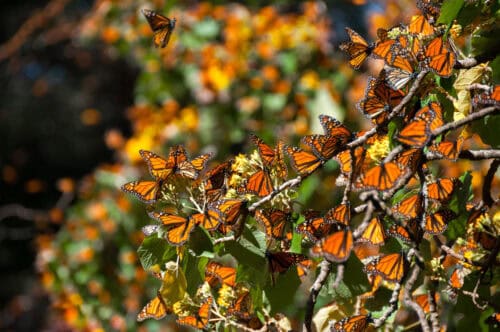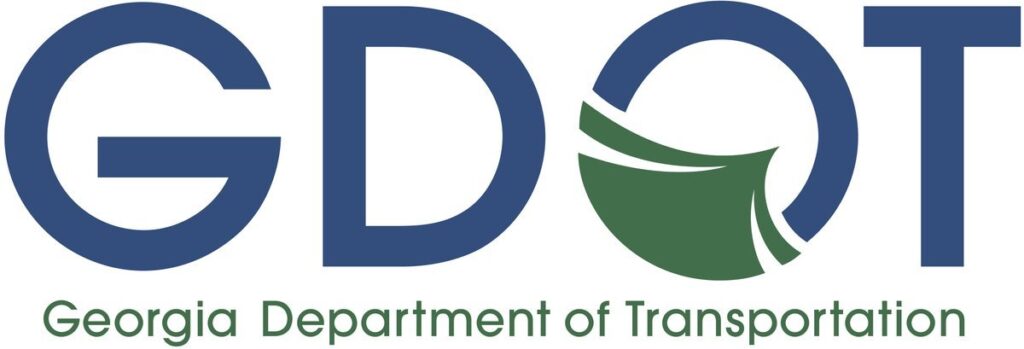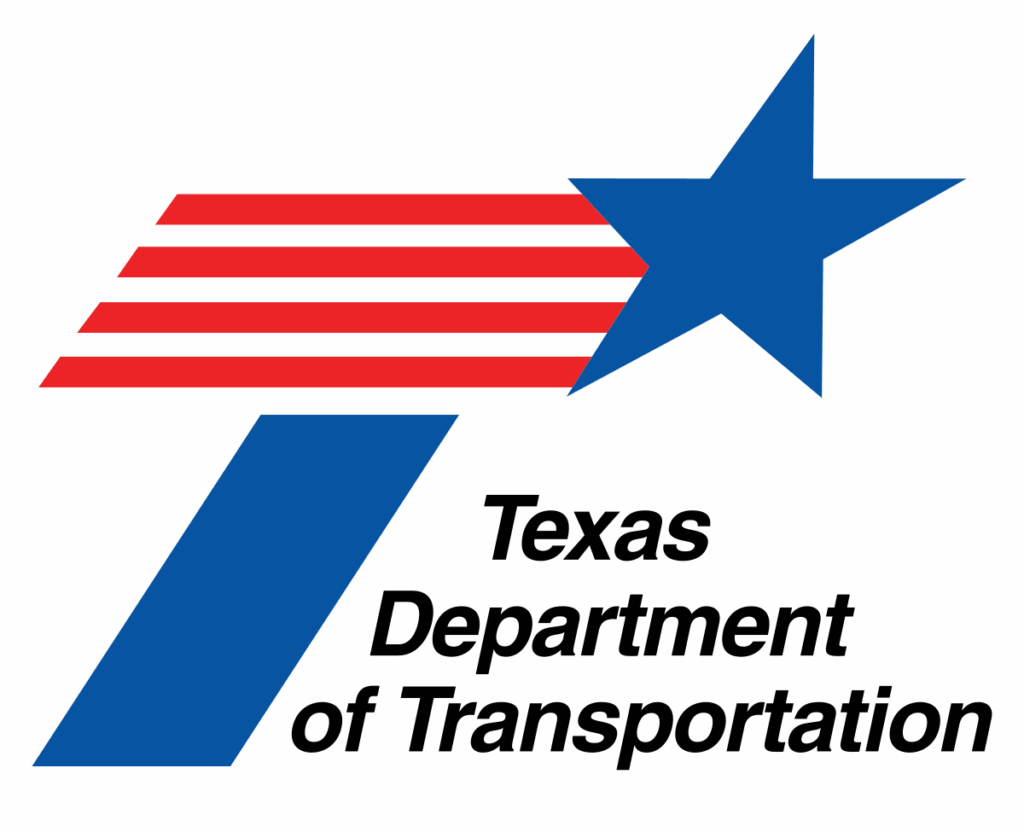
Advancing Voluntary Conservation for Monarch Butterflies on Energy and Transportation Lands
Since 2020, the University of Illinois Chicago has led a national, multi-sector effort to foster voluntary conservation for the monarch butterfly across lands used to support energy and transportation infrastructure.
More than 40 organizations from across the energy and transportation sectors worked together to develop the Nationwide Candidate Conservation Agreement with Assurances (CCAA) for Monarch Butterfly on Energy and Transportation Lands, known simply as the “Monarch CCAA”. This agreement encourages landowners and land managers to implement beneficial conservation for the monarch butterfly (Danaus plexippus) on lands enrolled.
In its first five years, the Monarch CCAA has resulted in unprecedented cross-sector conservation across the United States. As of April 2025, annual conservation commitments made by the Partners encompass more than 1.2 million acres — an area equivalent to the size of Grand Canyon National Park.
Here’s why it is important right now.
- Monarch butterfly populations need an “all hands on deck” approach to their conservation.
- Lands managed for the nation’s energy and transportation infrastructure sustain a network of lands that have the ability to maintain great monarch habitats.
- The conservation actions promoted under the CCAA, like changing the timing of vegetation management practices or targeted vegetation management, can contribute significantly to monarch butterfly conservation.
- The unique public-private partnership creates a net benefit for both monarch conservation and business operational needs.

Learn More
Want to Read the Full Agreements?
Access the integrated Candidate Conservation Agreement with Assurances (CCAA) and Candidate Conservation Agreement (CCA).
Interested in Enrolling?
Use these resources to see if you’re eligible and how to complete the application process.
What are the Commitments?
Before you fly into a partnership with us, here are some key steps to keep in mind as you decide where to land.
Frequently Asked Questions
What is a CCAA?
Candidate Conservation Agreement with Assurances, or CCAA, is a voluntary conservation agreement between the U.S. Fish & Wildlife Service (the Service) and one or more parties with the intention of addressing the needs of at-risk species before they become listed as endangered or threatened. Non-federal landowners (including property owners, easement holders, and lease holders) voluntarily commit to certain conservation actions to help stabilize or restore the species. In turn, the Service provides participating property owners with an Enhancement of Survival (EOS) permit containing assurances that they will not be required to implement additional conservation measures beyond those in the agreement, even if the species is listed. By proactively incentivizing conservation action ahead of regulation, such agreements provide benefits to the at-risk species as well as the Service and the participating landowners and land managers, all with the goal that listing becomes unnecessary. Given its voluntary nature, industry participants can terminate their involvement in the agreement at any time. The agreement also encourages involvement of Federal lands as well through an integrated Candidate Conservation Agreement (CCA). For more information on Ecological Services Conservation Agreements, visit the US Fish & Wildlife Service page.
Why is a CCAA needed?
The Monarch CCAA program formalizes conservation commitments from the energy and transportation sectors to:
- Promote best practices across infrastructure lands as part of an “all hands on deck” approach to landscape conservation needed for the monarch butterfly.
- Protect your operations from added risks. Participating organizations receive permit coverage that ensures no additional restrictions or requirements will be imposed when the monarch butterfly is listed under the Endangered Species Act, no matter its listing status or future changes to it.
- Demonstrate the value of industry-led conservation through tracking, monitoring, and reporting that informs species management and supports broader biodiversity and sustainability goals.
- Foster peer learning and idea exchange through the conservation agreement program. Participants have found added value to both conservation efforts and participating businesses by encouraging innovation, reducing costs, and engaging stakeholders.
Who developed the CCAA?
The University of Illinois at Chicago (UIC) and the Rights-of-Way as Habitat Working Group led the development of the collaborative CCAA/CCA. The UIC established a joint fund in January 2018 to pool funding from collaborators across the energy and transportation sectors. Collaborators also provided in-kind time and technical expertise to support the CCAA/CCA development.
More than 40 partners, along with the Service, industry experts, and other collaborators make up the CCAA Task Force. Additional technical assistance is provided by Stantec (formerly Cardno), the Environmental Policy Innovation Center and the University of Georgia Business Law Clinic. UIC also serves as the Programmatic Administrator for the agreement.
How did this effort start?
The Monarch CCAA began as a simple but ambitious question, how can we organize industry-wide conservation efforts that encourage meaningful action, provide tangible operational benefits, and add value for adopting best practices?
In 2018, the Rights-of-Way as Habitat Working Group, facilitated by the University of Illinois Chicago, launched a national, multi-sector collaborative effort to develop a voluntary conservation agreement for the monarch butterfly. In collaboration with the U.S. Fish and Wildlife Service, the University of Illinois Chicago, with input from more than 40 organizations from across the energy and transportation sectors, worked together to develop the Monarch CCAA. After two years of planning and partnership, the agreement was finalized in April 2020.
Why is the effort unique?
The agreement demonstrates the significant interest and investment in habitat conservation that can be made across the transportation and energy sectors in the United States. Rights-of-way and related landscapes provide valuable opportunities to connect available habitats, provide diverse breeding and feeding habitat (especially compared to much of the surrounding landscape), and offer areas that are generally safe from major disturbances or future development. By providing regulatory assurances, the agreement encourages energy companies and transportation agencies to voluntarily adapt their land management practices to incorporate native flowering plants, increase the use of Integrated Vegetation Management best practices, and implement other conservation measures to maintain habitat for the monarch butterfly and other pollinators.
Never before has a agreement been created for this scale of voluntary conservation. It is first-of-its-kind in terms of geographic extent (across 48 states!) and broad multi-sector collaboration – creating an innovative model for large-scale landscape conservation. The agreement incentivizes industry-wide efforts to create on-the-ground conservation benefits, while aligning with other important initiatives such as the Mid-America Monarch Conservation Strategy and the Rights-of-Way as Habitat Working Group’s geospatial habitat database and related efforts. We hope this agreement inspires similar efforts by other industries to address monarchs and other species in need!
Thank You to Our Supporters!





























































